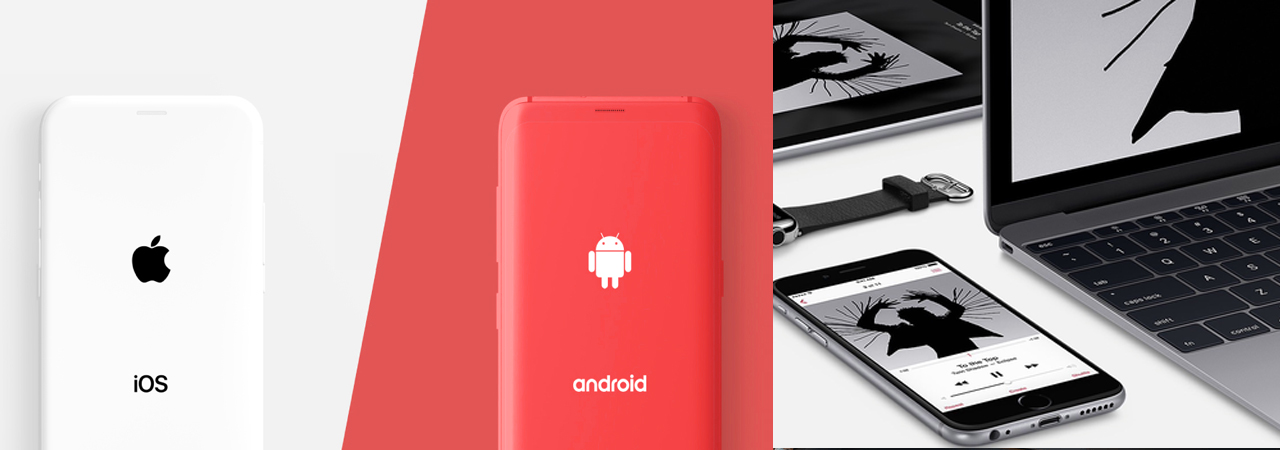Even though this is not an Apple-related article, it’s worth noting that on the beginning of June 2019 Apple has announced that SwiftUI beta version will be available in the fall . But what exactly does this mean to app developers? Let us find out!
1. Reactive Language – RxSwift or ReactiveCocoa (Rx)?
Although we still have time before iOS 13 comes out with support for reactive libraries, it is already clear which of these two will be more relevant for iOS development: RxSwift or ReactiveCocoa. A short history lesson proves that since its release in 2014, RxSwift has been a primary choice for many mobile application and game app developers. With over 40 million downloads, RxSwift is a powerful library that allows app developers to create app logic with ease.
If we look at some of the most popular app development companies who use and recommend reactive libraries: MindSea (who developed FIFA19, NBA Live Mobile Games), izitoo (“Friend Request” app for Windows) or Layer (“Blackmail” app for Android), we will see that they all use RxSwift . Why then does Apple not support this library right from iOS 13? It seems that Apple has its own version of a reactive database which should be released in the fall of 2019 as well – ReactiveCocoa . Its name indicates that it is based on Cocoa framework and not on Swift `Reactive` library.
We should note that ReactiveCocoa only supports iOS app development, which means app developers using it will still use Swift (or Objective-C). It remains to be seen whether Apple will support RxSwift in the future or not; however, knowing how quickly app development companies adapt to new trends and technologies we can safely assume that 2019 is going to be a big year for reactive app programming with both libraries being highly popular among app developers.
2. An Artificial Intelligence Stack from Core ML to SiriKit
Since 2013 when Apple released its first version of CoreML, it has become increasingly more powerful . In addition, there have been some updates in Xcode app development environment, which made it very easy to dive into CoreML app development. Xcode now allows app developers to add CoreML model files directly from the UI Builder. This means that app developers can find a pre-trained machine learning model by using search and drag & drop the file onto the app scene .
It is also worth mentioning CoreML 2 support for TensorFlow Lite , allowing app developers to use Google’s deep learning framework within their app code and Apple’s own AVA toolkit for building models using MXNet and open source Caffe2 .
Apple keeps on improving its SiriKit as well. It has been updated with several tools for app developers including extensions for app integration, as well as support for new app types and languages. Now app developers can integrate Alexa with their app instead of Siri . They can also use Apple Watch and iPhone app to create an app extension that will allow users to call a phone number or send a message via third-party apps such as WhatsApp or Facebook Messenger .
3. Separate OS for iPad
Apple seems to be finally on track with its decision to separate the iOS operating system into two parts: one for phones (iOS) and another one for tablets (iPadOS). This shows that Apple is paying more attention to iPad app development, focusing on making it smoother and faster than before . Developers have been waiting for this move since iOS 13 has been announced and app development companies like MindSea have already started to adapt app design for iPadOS .
OS split is not the only step Apple has taken in its app ecosystem development. The company introduced app subscriptions with easier-to-implement subscription features, as well as a new app review process that better aligns with GDPR standards . It finally added a night mode and iOS text editor options such as automatic spell check or paragraph styles .




